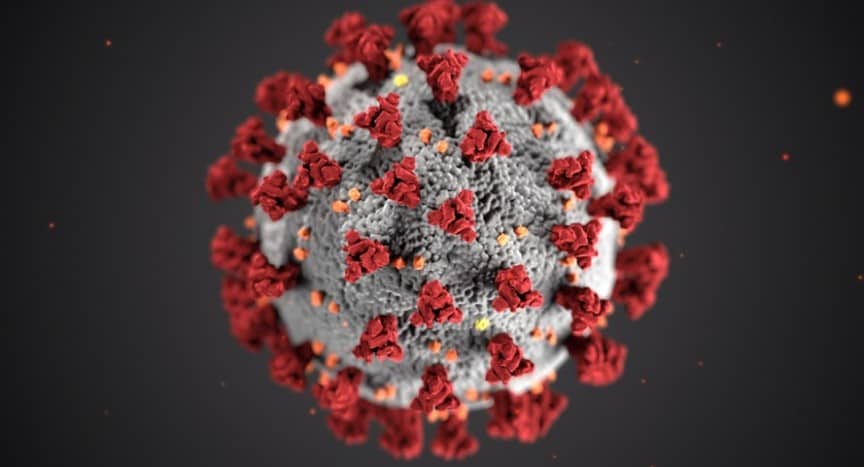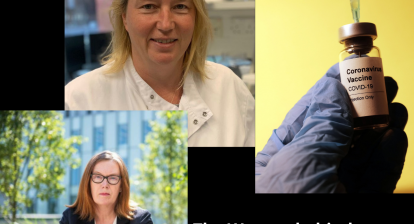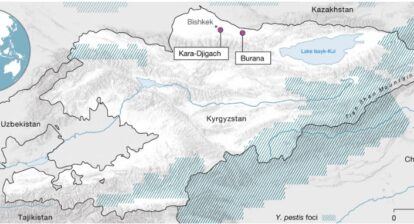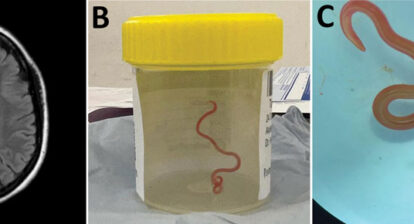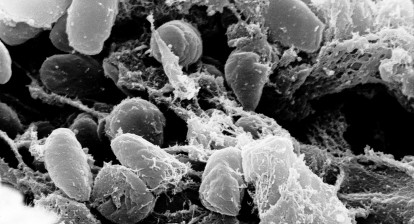Transmission from Animals to Humans – FAQs
In the age of Covid19 and Coronavirus, this is an FAQ on zoonotic diseases (of which Covid19 is one) and their transmission. The series will include additional short blogs on some well-known pandemics, such as the plague, Spanish flu, swine and bird flu, as well as Covid19.
(Read A Brief History of Pandemics)
What are Zoonotic Diseases?
Zoonosis or a zoonotic disease is an infectious disease caused by viruses, bacteria, fungi or parasites that have jumped from animals to humans.
Diseases have plagued humanity (pun intended), since we decided to live together in tight groups and in close proximity with our livestock. Most human diseases originated in other animals and according to a study 61% of the known 1,415 pathogens that infect humans, were zoonotic. Diseases existed before that too but the nomadic lifestyles of our ancestors and their small communal groups — without domestic animals — meant that pandemics were significantly lower. Then we started living closely together and in proximity with our domesticated animals, giving a chance to many pathogens to jump to human beings, sometimes resulting in pandemics.
How do Zoonotic Diseases spread?
In direct zoonosis, diseases transfer from non-human animals to human beings via mediums such as air or through bites and saliva e.g. influenza and rabies.
Conversely, transmission can also occur through vectors. Uninfected intermediate organisms carry the pathogen that causes the disease. Malaria is one of them, caused by mosquitoes that carry the plasmodium that causes it. The plague that spread throughout the world many times in history, spread through fleas from rats.
Zoonoses can spread through contact with animals such as through pets, farming (pigs and chickens), hunting or consuming wild animals and even when using animals for research. They can also be food borne, such as the E Coli and Salmonella pathogens.
What are some known Zoonotic Diseases?
HIV is the most well-known zoonosis transmitted to humans from primates in the 20th century, probably from bush-meat consumption. It has now mutated into a human only disease.
While influenza or the flu is a primarily human disease, some have become zoonotic diseases, such as the Spanish Flu (1918–1920), bird flu and swine flu (2009). The zoonotic strains of these diseases recombined with human flu strains and this recombination caused the pandemics.
Is Covid19 a Zoonotic Disease?
Yes, it is and that is why it has turned into a pandemic. It is alien to the human immune system, which cannot fight it. The fresh produce and meat market in Wuhan — the origin of the pandemic — sold wild animals such as live wolf pups, pangolins, salamanders, crocodiles, turtles, scorpion, squirrels and foxes. The pathogen SARS-CoV-2 (coronavirus) causes Covid19. It is genetically similar to the bat coronavirus, which suggests that it emerged from a bat borne virus. Another possibility is handling or consuming pangolins.
What is a cure for Covid19?
While drug testing is going on globally, there is NO REAL DATA that any drug is effective against Covid19. A combination of hydroxychloroquine, an anti-malaria drug, and azithromycin, an antibiotic, showed potential but early testing with hydroxychloroquine showed no evidence that it was more effective on its own.
For now all we can do is wait.
UPDATE January 21, 2021: A vaccine is the only way we can get over this world changing pandemic. A host of options are now available and there is hope that we will be able to overcome this deadly disease.
Read What are RNA Vaccines?)
The selected Optin Cat form doesn't exist.[donate-with-info]
